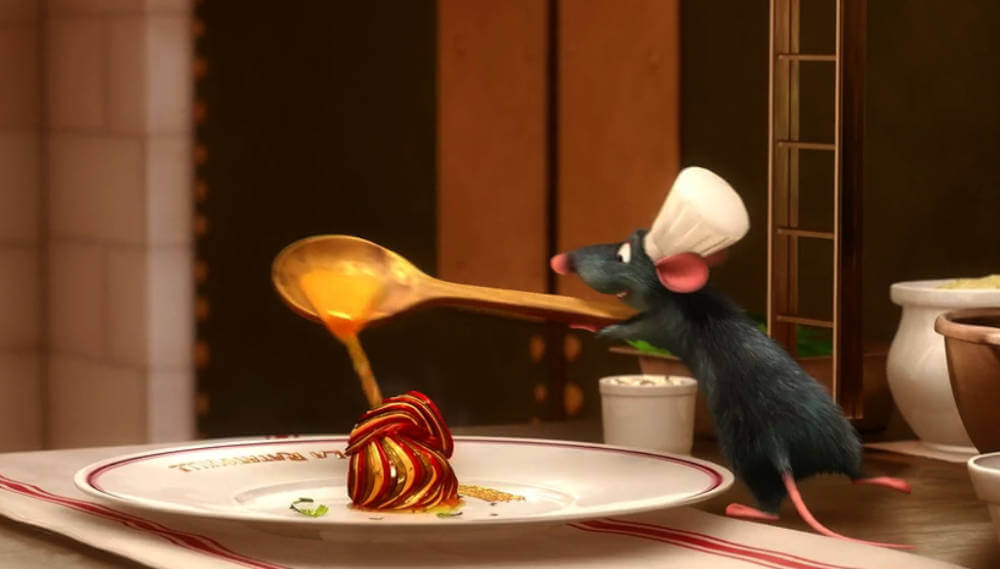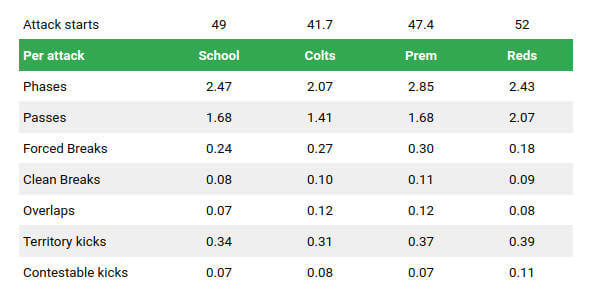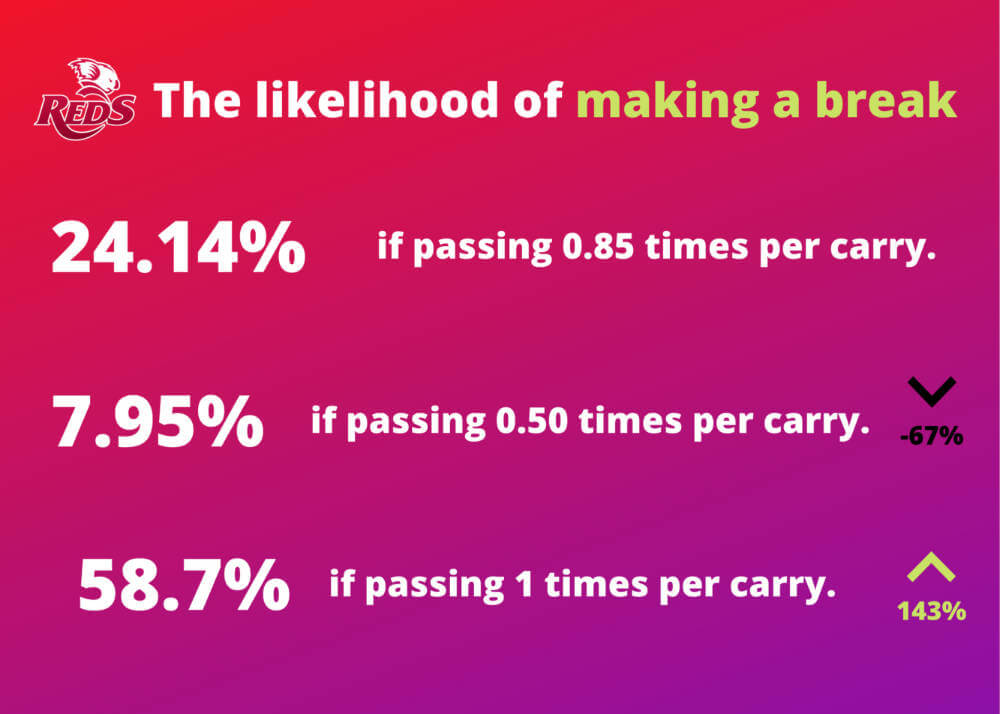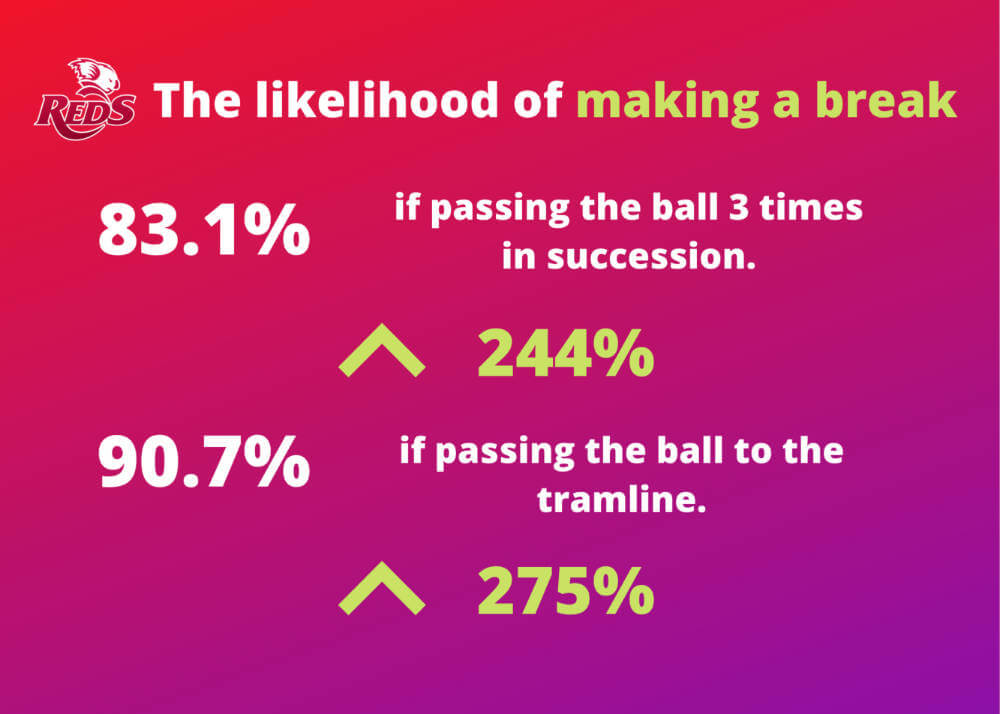I have had the fortune this season of being able to capture data on most schools, club and elite-level games here in Brisbane, and for that I specifically need to thank the guys at Doubletake Sport, who offer a world-class broadcasting service for community rugby.
The reason for this study is my belief of a direct and irrefutable link between how schools and clubs play, and the type of player that is ‘selectable’ at elite level. Let me explain using a metaphor:
A great plate of food
How an elite team performs in a match is like a plate of food served at a restaurant. The players are ingredients, and the coaches are the chefs. It does not matter how pretty the linen on the tables are or how good the chefs are. If they work with substandard produce, they will never be able to produce great plates of food.
Schools > Clubs > Super Rugby
My research hopes to answer a good many questions about the links (or disconnects) between how schools in Brisbane and surrounds play the game compared to how the Reds play. This will reveal the likelihood of the Reds getting a steady supply of great ‘produce’ who can deliver the goods at the elite level.
Above is a snapshot from the data collected so far. This represents 9 Reds games, 14 GPS First XV games, 11 Colts games and 9 Premier Grade club games. Data is represented per team per game.
The game dips a bit at Under 20 level, mainly because of the levels of testosterone prevalent at this level. These young bucks go to battle purely for the sake of collecting battle-stories to be shared along with copious amounts of barley and malt. However, between schools and elite level the game is played in roughly the same manner with the same outcomes.
So, what is the point?
I hear you ask. What can data tell us about player development if the game is played the same way at all levels?
If I study the Reds, and more specifically the type of way they play when they are successful, I pick up an interesting little statistic:
The Reds pass the ball on average 0.85 times for each carry into contact. If I apply the same metric to the schools’ game, I see that 0.86 passes are made for each carry into contact – so again, roughly the same.
During attacks where the Reds are more direct and pass the ball only 0.5 times per carry (1 pass for every 2 carries), their break rate drops to 7.95%, which is a 67% drop from their usual 24.14% rate.
Remarkably the Reds have a 58.7% chance of breaking the line in plays where they make just one pass per carry. This is a 143% increase in the likelihood of making a break.
Of course, this does not mean that each time you pass the ball 3 times in a row you will make a break. Rugby is a nuanced game, and any attack success will always be due to a wide and diverse range of factors. Sometimes you must carry more directly. Other times you must kick more and play with less width etc.
A directive
If I were Brad Thorn and they told me that I can change one thing about how schools and clubs in the region play, it would be to start passing the ball a whole lot more.
To develop the type of players who at elite level can create and see space and have the skillset to shift the ball to that space, you need a development environment that replicates over and over the type of conditions where players learn to exploit space, be it through quick-hands passing or more contestable kicking.
I measure too many games at club and schools’ level where less than 70 passes are made all game. The Reds make on average 107 while the Crusaders make 193. Passing is but one example of where I feel the schools and club game needs to become more dynamic if we are to provide players with more enjoyment while also developing better produce for the elite game.






